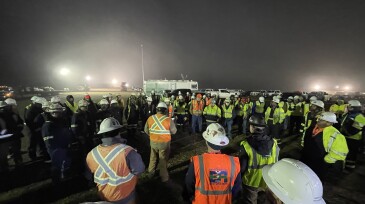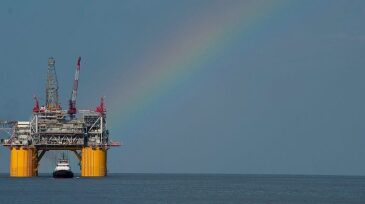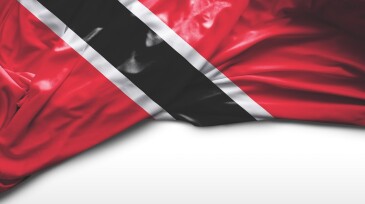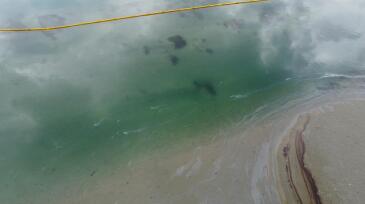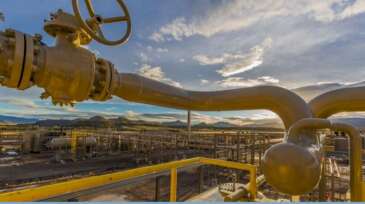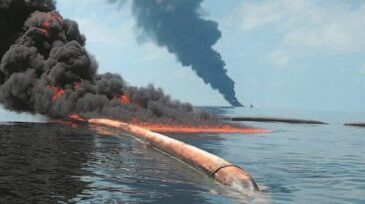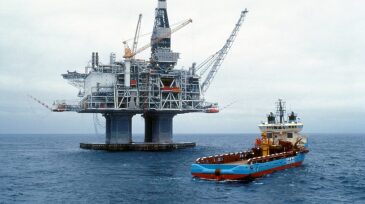spills
-
The Center for Western Priorities’ annual Western Oil and Gas Spills Tracker report shows that Colorado’s oil and gas industry is trending in the wrong direction on drilling-related spills.
-
The Bureau of Ocean Energy Management says the increase is needed to keep pace with inflation.
-
TC Energy said it has is no timetable for restarting the 600,000 B/D pipeline that stretches from Alberta to Texas.
-
Onshore flange repair allows several deepwater systems to resume production.
-
From 2013 to 2018, the number of terrestrial and marine spills reported in Trinidad and Tobago trended upward. The country’s Ministry of Energy and Energy Industries assessed its National Oil Spill Contingency Plan (NOSCP) with the Readiness Evaluation Tool for Oil Spills and identified gaps in national legislation, risk management, logistics, training and exercises, …
-
The investigation and cleanup of the oil spill, originating from a rupture in an Amplify Energy pipeline in the Beta field, is ongoing.
-
A subsidiary-owned pipeline near Marmon, North Dakota, spilled more than 700,000 bbl of produced water over a period of almost 5 months in 2014–2015.
-
Toxic and invisible oil spread well beyond the known satellite footprint of the Deepwater Horizon oil spill, according to a new study led by scientists at the University of Miami Rosenstiel School of Marine and Atmospheric Science.
-
The updated document offers an introductory overview of the broad topics of oil spill preparedness and response and provides signposting and hyperlinks to a full range of materials from IPIECA and the International Association of Oil and Gas Producers.
-
Production from the Hibernia platform was shut down again on 17 August after its second oil spill in a month, while Husky Energy began to ramp up output from the White Rose field following the largest-ever spill off Canada’s easternmost province.



